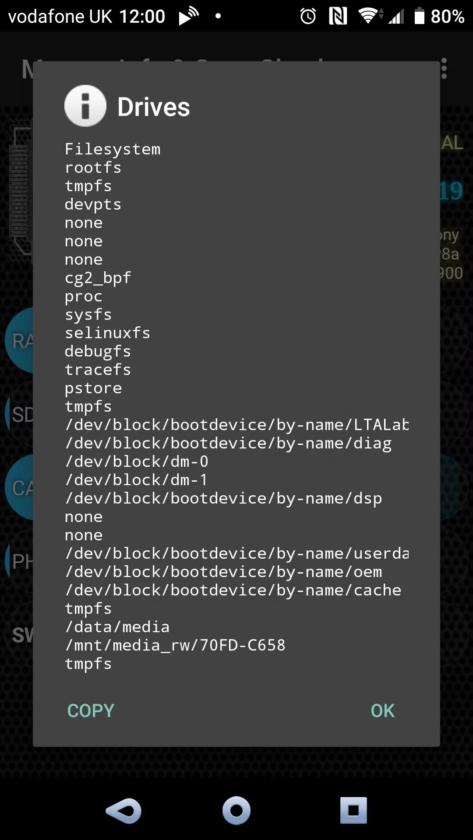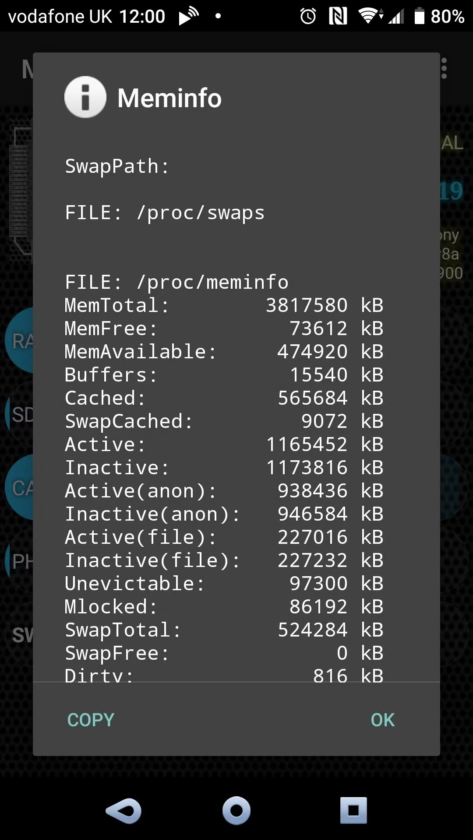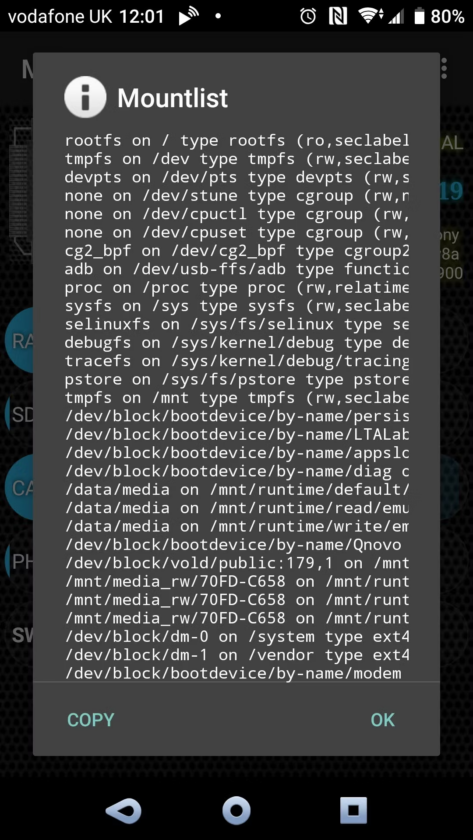MicroSD Card: Although your Android device likely has 64GB (or more) of storage, what you can do with it really depends on the RAM. The majority of high-end Android devices come with 2GB or more of RAM, but some less expensive models may only have 1GB or, in some cases, even 512MB.
Why Do You Need More RAM for Your Phone?
You can set aside some hard disk space on a laptop or desktop computer to increase RAM. When RAM runs out, this is referred to as a swap file and makes use of unoccupied space on your HDD or SSD. The information is saved on your drive rather than discarded.
Because Windows 10 has sophisticated swap file management, you probably won’t ever need to change the settings. But if you did, you could expand the area of your HDD or SSD designated for use as a swap file.
On Android, the same procedure can use to effectively increase RAM. Although the fundamental idea is the same, how this carrie out on Android varies. To use it, you’ll need specialized software. Additionally, you must root your device.
In Android, some files and permissions blocke by default. You can take full control of the hardware and operating system of the device by rooting it. This gives you access to hardware and files that would otherwise be restricted, as well as the ability to install and use specialized software.
How to Increase RAM on an Android Phone or Tablet
There are three main parts to using the swap file method to increase RAM on Android:
- an excellent microSD card (class 4 or higher is best)
- an Android device with root access
- a program for controlling the swap file
Although rooting Android is simple, it might not be sufficient. Some smartphones (like the Xiaomi Redmi Note 4) have a kernel-level swap file size restriction. Therefore, no amount of rooting and swap file management will make your Android’s RAM larger.
To start testing, simply launch the application and select Start RAMExpander Test Here. The app will display a message that says “Congratulations” and the maximum increase if increasing the swap file is possible. You’ll see that this is a helpful tool that also provides a list of RAM and storage information.



To increase RAM, pick a quality SD card
Consider using the microSD card in your phone if the swap file on your tablet or phone can modifie. This card must be quick and durable, as was already mentioned. Avoid purchasing any old microSD card. Instead, spend a little more money on more resilient storage, which will increase reliability. When purchasing a new microSD card, look at the rating on the box. Class 4 is the minimum recommended rating, and Class 10 is the best.
Two Applications for Android Smartphones and Tablets
To Increase RAM On an Android device, you can manually specify the swap file, but you might find it more convenient to use an app:
- Swapper – ROOT
- Free Swapper for Root
- AMemoryBoost
The two apps function in the same way:
- Start the app.
- Establish a swap file.
- Set the require swap file size.
- Decide where to put the swap file (external microSD card or internal storage)
- Await the creation of the swap file.
After finishing, you might need to restart your phone so that the swap file can initialize. Keep in mind to keep the app installed as long as you need the swap file to function.
Null Root? Improve your Android memory management skills
There are still options available even if your phone cannot root or the manufacturer is imposing restrictions on managing manual swap files. Having a better understanding of how Android manages memory can make it appear as though you have more RAM without actually doing so. This entails doing things like avoiding RAM boosters and task killers, uninstalling apps you no longer use, and using lightweight versions of apps. These don’t function exactly as described; rather, they actively use RAM while running in the background.
Does Adding RAM Improve the Performance of Your Android?
You should see immediate results if you were successful in designating a portion of the SD card in your phone as RAM. If you enjoy playing games on your phone, you should find that some games that were previously incompatible now work. Beyond this, the gadget ought to be more productive and useful than ever. There is a cost associated with this, though.
Now, you have to monitor your storage. Due to the allocation of the swap file, this is now practically smaller than it was earlier. It will fill up more quickly than anticipated since there is less space set aside for files and media. By keeping your data synced to your preferred mobile cloud storage, you can avoid this.
FAQ
Can I use my Android phone’s SD card as RAM?
This chip cannot easily upgrade or replace. However, we can use an SD card and third-party applications to create swap file space using the storage on the SD card. This doesn’t increase the RAM directly; instead, it enables us to use a specific amount of partition space as virtual memory.
Does an SD card boost a phone’s RAM?
Micro SD cards can use to increase RAM on Android phones, but you must have a rooted device. Otherwise, you can optimize your phone to get the most out of it.
Can an SD card serve as RAM?
Any SD card with 256 MB or more storage space can use, but Microsoft advises using a card with one to three times as much RAM as your computer typically has.
How do I go from 1GB to 2GB of RAM?
There is no way to increase the RAM or storage on any phone. The RAM solder onto the motherboard due to the small size of the devices. When the RAM on a phone is fully utilized, the software should have no trouble managing the RAM if it was properly designed.
How much RAM does an Android phone need?
The heaviest apps can consume up to 1.5GB of RAM, but 4GB is more than enough to run them smoothly. With 3GB of RAM, your phone might run out of space more quickly, which would slow it down and cause lags.
Can a phone have more RAM?
Not at all. The majority of smartphones are System-on-Chip devices, which means that the CPU, RAM, GPU, device controllers, and other components are all contained on a single chip. In such a system, updating the RAM necessitates replacing numerous other components.
Read more:
- Android Data Usage Reduction: 10 Proven Methods
- How to Fix Verifying Microsoft Outlook Mac Stuck Error 11 Best Methods
- How to Fix Windows 11 Tamper Protection greyed out
- Fix: An Error Occurred While Processing Your Request. reference
